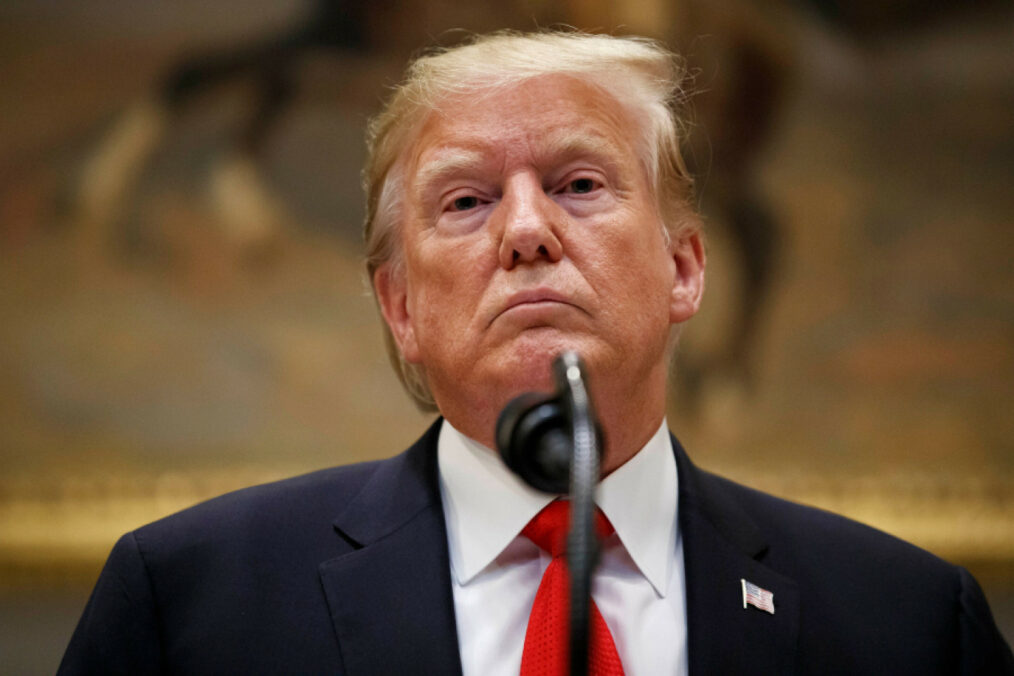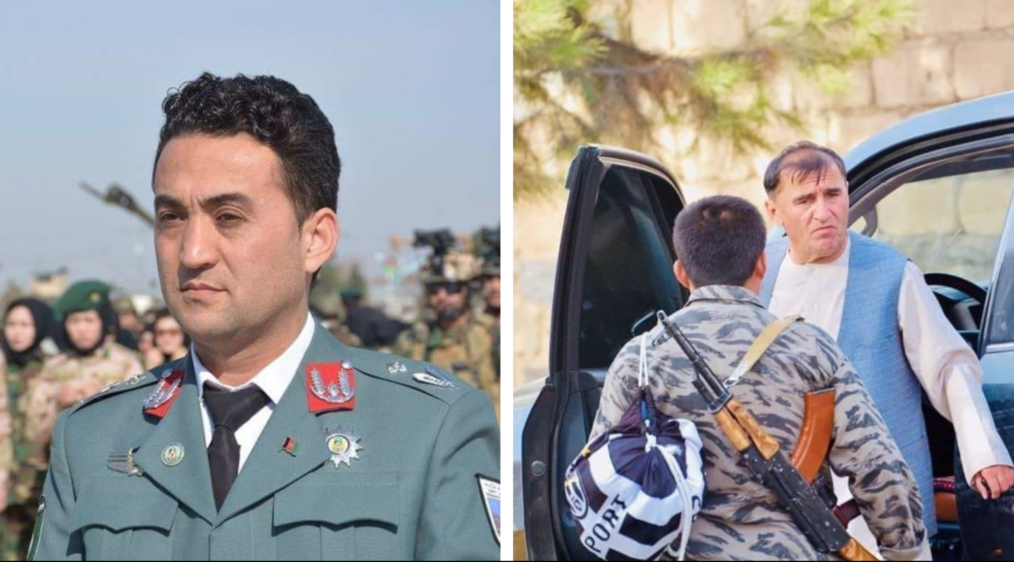The United States slowly inched toward a peace deal with the Taliban since talks in Doha, Qatar began some months back. There is a strong desire in Washington to pull its troops out of Afghanistan since the 2001 intervention turned into the longest war in US history. Peace talks between the US Special Envoy to Afghanistan Zalmay Khalilzad and the Taliban reached what seemed to be an agreement. Such a deal was contingent upon the Afghan government and this added factor makes the process more difficult.
The Afghan government was critical of any possible resolution because they feared loss of political power and held concerns over national security. They consider it unwise to relinquish any sort of political influence to the Taliban, an easily identifiable enemy of the state for many years.
The proposed agreement consisted of four main parts. First, a timeline of US troop withdrawal. Second, the upcoming presidential elections were to be secured so that they are free and fair. Thirdly, the Taliban were to be incorporated into the mainstream government. Lastly, an overall cease-fire between the US, Afghanistan, and Taliban forces. Simply put, the key factor throughout is that US would leave at the same time that the Taliban promised to become a peaceful and cooperative actor within the Afghan political system.
This would have been beneficial for the US because they would be finally relieved from military deployment to the region. Washington had a primary goal of pulling out 5,000 troops within 135 days, where there are currently 14,000 troops stationed. Further, the agreement was advantageous to the Taliban because they would finally be considered a legitimate political group.
The Afghan government had its reservations with the proposed US-Taliban deal because they believe the country would become unstable without the US military presence and they remained skeptical that the Taliban would uphold their end. This is a reasonable assumption as the Taliban is considered an enemy that has terrorized civilians with terrorist attacks, such as mass shootings, bombings, and kidnappings for years. The government is entitled to this viewpoint as it makes little sense to place trust in a group that has tried to destroy the political system of the country.
Terror attacks in recent days support the Afghan government’s hesitation towards giving the Taliban additional political power. Bombings left 10 civilians and 2 NATO service members dead. Nevertheless, Khalilzad stated that the US will not just merely withdraw, but seek “a peace agreement that enables withdrawal.” He was optimistic about the US-Taliban talks, where he viewed both sides getting what they wanted.
On September 7, President Trump canceled a Camp David secret meeting with Taliban and Middle Eastern leaders. He called off the summit due to the recent Taliban attack that killed a US soldier and others. Since the 2016 campaign, Trump has been a supporter of withdrawing troops from Afghanistan and as president, he took steps to finally complete the task. It seems all has been lost on the mission now.
Dealing with any terrorist group can be problematic because they do not play by international rules like nation-states. In this example, the Taliban expressed that they are ready for peace and then committed an attack that killed a dozen people the next day. In this sense, Trump was justified to cancel the contested meetings because the Taliban demonstrated they are not a peaceful actor.
Trump has said that Taliban negotiations are now “dead.” This could prolong the 18 year war; already the longest war in US history. The president has been critiqued for being hawkish at times insofar as his decisions often align with National Security Advisor John Bolton. In recent weeks, the media speculated that Bolton has been distanced from the Oval Office because his hawkish perceptions of foreign policy are more severe than both Trump and Secretary of State Mike Pompeo.
Only the future will reveal if Afghanistan can finally achieve peace.
Image Credit: Associated Press. Photographer Alex Brandon. Shutterstock.




